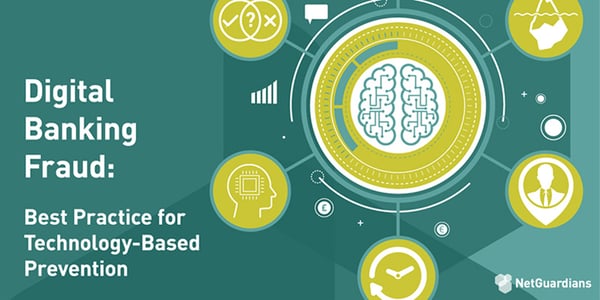For a number of years now, financial institutions have depended on big data technology to keep business ticking. Top use cases include high-frequency trading, risk management and regulatory compliance.
Investment and large retail banks were the first to catch on to the power of big data, working with large distributed computing systems. Often working with some of the market’s first technologies – Teradata and the like – they are experienced in big data and know how to make it work for their large-scale needs. The Achilles heel for some large banks, however, may be too much reliance on older systems. As the challenges are ever-evolving, big data uses should not be allowed to settle into routine.
In the last few years, private banks and smaller institutions have become aware of the needs that big data can help them meet, though their approach to it is slightly different – both out of necessity and opportunity. The necessity is simply that early technologies for distributed computing systems, i.e. Teradata, are far too expensive and complicated for their needs. The opportunity comes in the form of a big data revolution that has seen the emergence of dynamic, agile solutions that leverage big data for more targeted needs. Most, if not all, smaller banks are launching or at least considering big data innovation projects aimed at identifying and implementing the most relevant solutions for their needs.
 |
You can learn more about big data in our e-book A-Z of Banking Fraud 2016.
|
Unfortunately, leveraging big data to meet your regulatory and fraud challenges is complex. Therefore, many big data innovation projects failed in the past. Your big data initiative needs to be defined, managed and maintained. And just being able to capture the data isn’t enough. Basically, it’s about being able to make sense of the data you gather. You need to know your challenges and make use of the right technology built to target them.
New big data innovation projects: what doesn’t work and how to overcome
CHALLENGE: Linking silos. Financial institutions underestimate the level of effort required to extract and normalize data from the functional domain. Even small banks use numerous data management tools – consider everything from emails to risk software to core banking systems. These systems typically function as “silos”, isolated by different user groups and different technology, making data correlation extremely complex. Many IT teams within banks remain unaware of the specialized modeling skills required to normalize this data field.
SOLUTION: Data collection framework to link silos. A data collection framework (DCF) is needed to gather information from across the system. You need consistent views of both transactions and user behavior paths across functional silos and individual components of the banking institution information systems. Integration into the core banking system can be a long and complex task if it is custom-built on the spot. NetGuardians offers solutions to speed up the job fetching and normalizing data from across functional silos, with either out-of-the-box or rapidly-configured connectors.
Technology & knowledge check-list:
• Financial business knowledge
• SIEM (security and information and event management system)
• STS-SQL tracking system
• CTS – Console tracking system
Get an effective combination of the above, and you are on your way to overcoming the problem of silos for a more holistic view of the entire banking system.
CHALLENGE: The (overlooked) business side: Many banks also forget the importance of implementing business validation and analytics use cases. The most basic use cases for behavior analysis are pattern-based intelligence. Unfortunately, there’s no technological magic bullet. Actually, you need to essentially custom-build software based on advanced algorithms. On top of that, most IT managers overlook the need to involve business departments in defining use cases. More evolved use cases such as data analytics techniques require advanced data scientist skills not usually found internally. This is an added investment often overlooked at the project outset.
SOLUTION: Real-life, up-to-date financial business intelligence. All the tracking systems in the world are useless if you don’t know what you are looking for. It’s important to define behaviors and keep up-to-date on evolving risk and regulatory challenges, implement best practices with regard to fraud and risk prevention. And then you have to address these with hundreds of controls and advanced algorithms. These are unfortunately onerous tasks requiring a lot of personnel-time. If you’re looking for ways to lighten that, NetGuardians offers pre-defined, continually updated intelligence bundles covering determined risk categories or specific regulatory requirements. If you have your own big data solutions but simply want to use our use cases, we have an open architecture that is compatible with most Hadoop systems and can import/export to and from most NoSQL or NewSQL technologies.

Business intelligence check-list:
• Definition of user behaviors within the masses of data for pattern-based intelligence to implement as controls
• Controls for specific objectives. For example, there will be a set of behaviors to watch for and control for a particular fraud patterns or specific regulatory requirement
• Dynamic analysis and profiling of flag-raising activity
• Predictive analytics: even more advanced technologies can combine knowledge of financial business challenges with behavioral analysis to identify behaviors that can lead up to fraud or noncompliant actions
Considering the challenges of fraud and regulatory compliance faced by banks today, using big data to protect and prevent is hardly optional. Over numerous years, we at NetGuardians have been looking at these issues through the eyes of our clients. We’ve gained good insights into the complexities involved, and our job is to help banks of all sizes find ways to maximize their resources and implement highly-efficient controls in a cost-effective manner.



